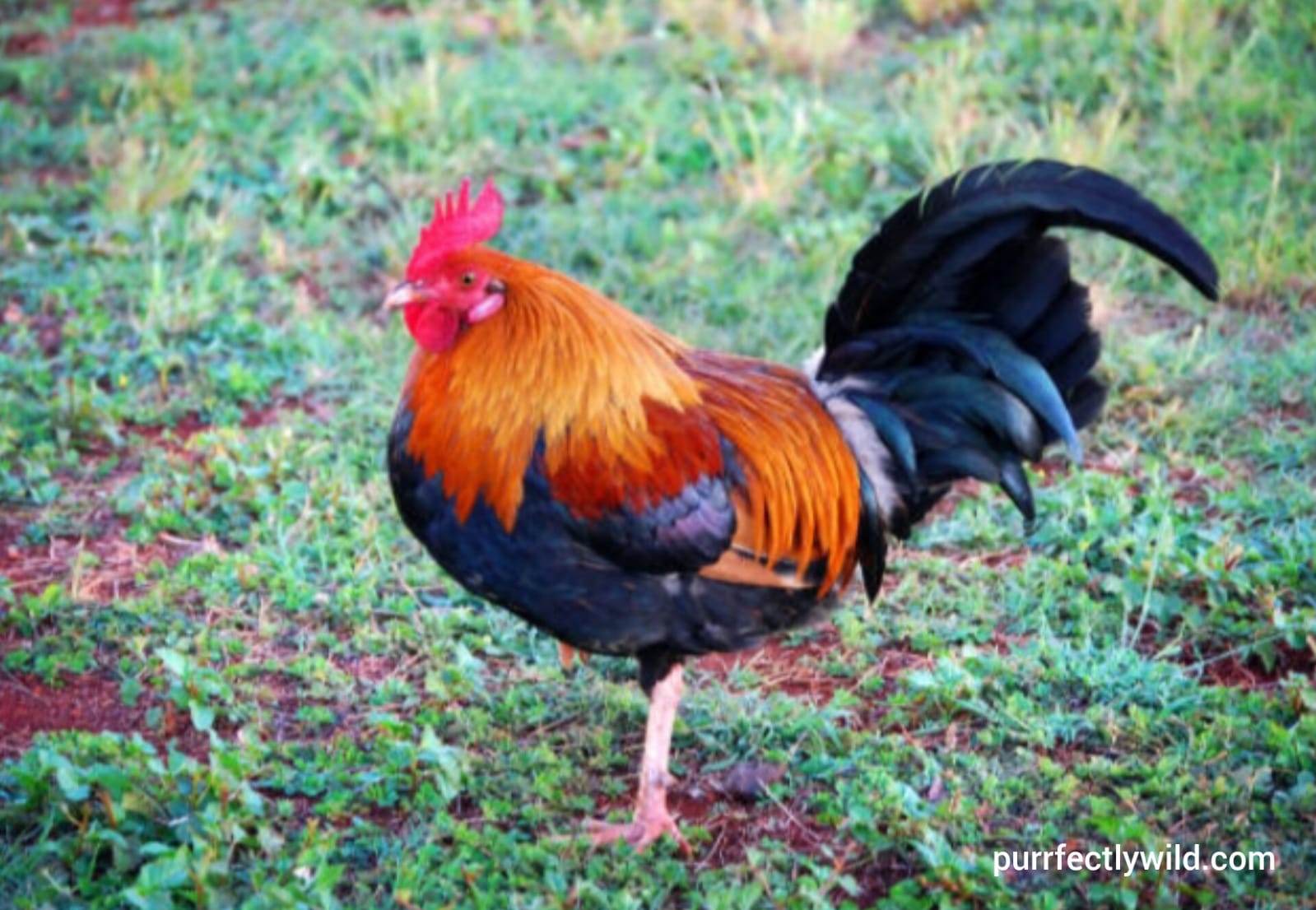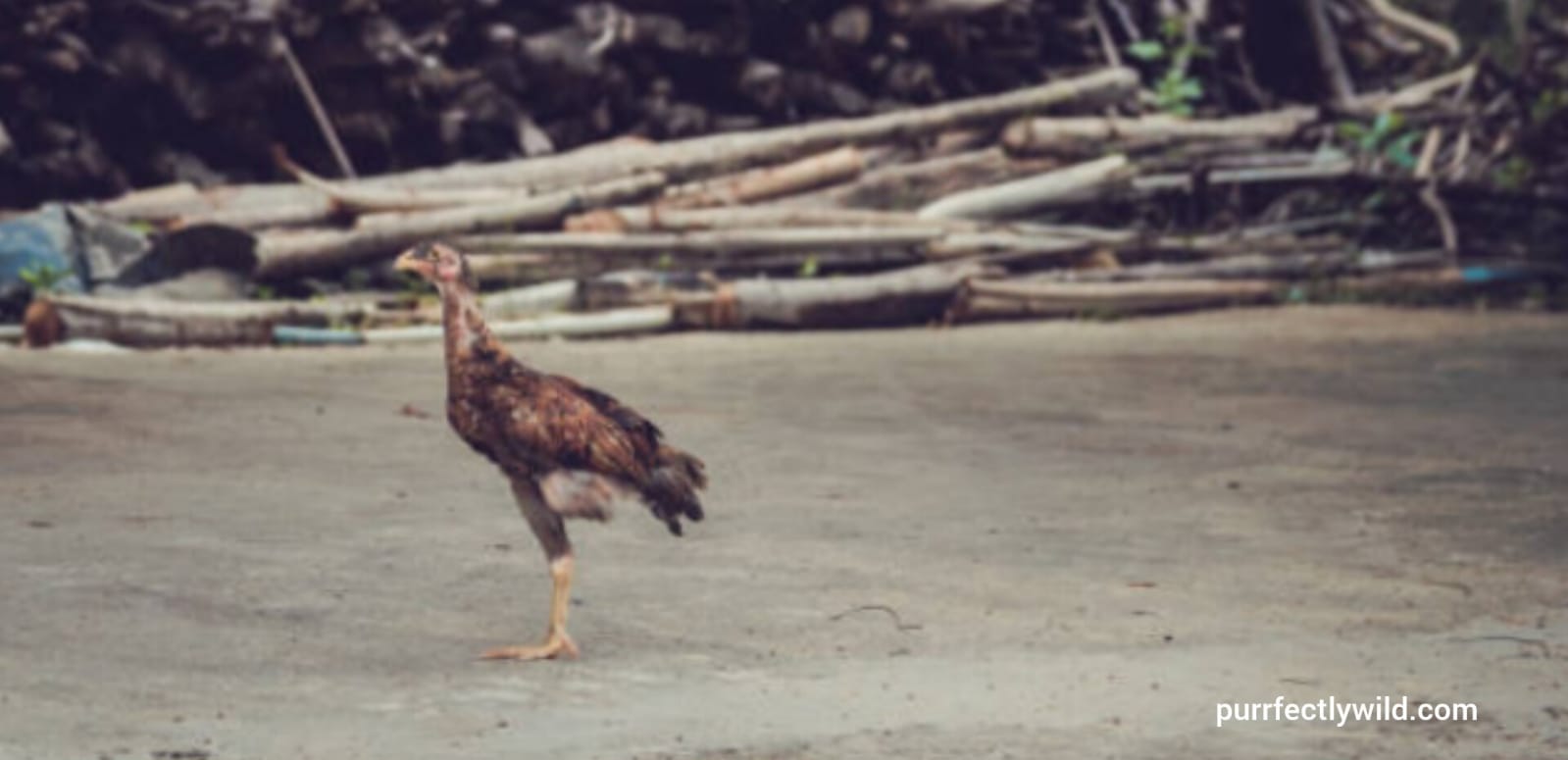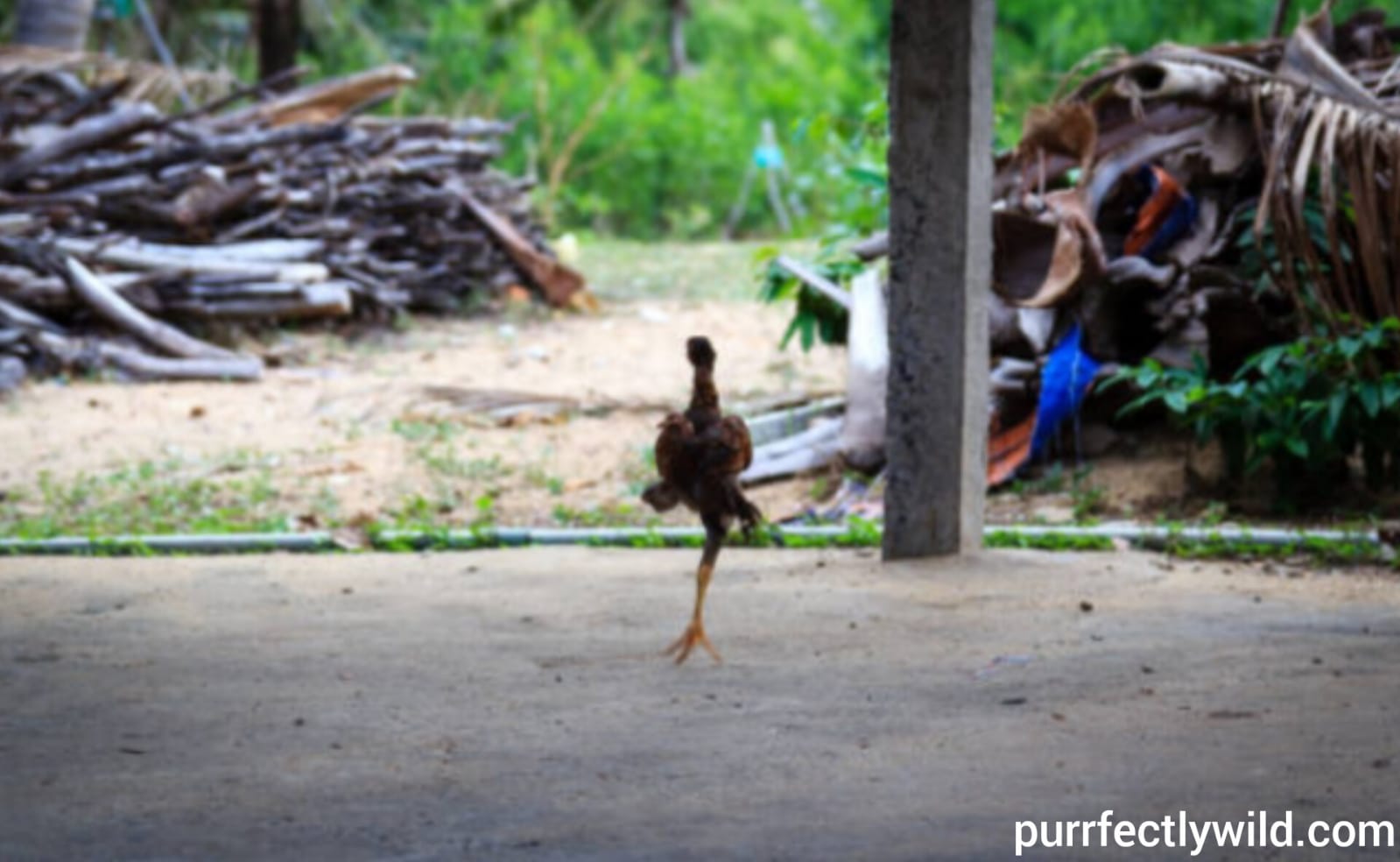One Legged Chicken
Infection, hunters, or mishaps can make outrageous harm a chicken’s leg. At the point when that occurs, it frequently makes trouble any among us really focusing on the chicken.
In the event that you are confronting what is happening, you are most likely posing a couple of inquiries. You are thinking about what’s going on with the leg, in the event that your chicken can make due, what her personal satisfaction will be, and how to fix the issue.
You’re in good company.
I’ve gathered this manual for help when a chicken’s foot appears to be lost. To start with, the most earnest inquiry.

Will a chicken live with just a single leg?
Chickens can live with just a single leg, however their endurance will rely upon the age of the chicken, orientation, and the herd. Youthful hens have the best endurance. Assuming that the leg is infected, the ailment will spread to the chicken and kill it. In the event that the leg is broken over the elbow, the chicken will frequently get blood harming and will not get by, however assuming the leg is broken underneath the elbow, the hen can normally make due. A predominant chicken in the herd is bound to make due.

Clearly there are a ton of “if’s” in a chicken’s possibilities of endurance. We should jump somewhat more profound into what makes a chicken lose a leg and how you can go with the choice to give it instruments of endurance or to separate it.
Factors For Survival Of One-Legged Chickens
There are numerous things that will decide if a chicken with only one leg will make due.
- Orientation of the chicken
- Age of the chicken
- The explanation the chicken lost their leg
- The singular disposition of the chicken
- Disposition of the herd
- Individual consideration given by human proprietors
The mix of these different variables will decide if your chicken makes due.
Hens Are More Likely To Survive Than Roosters With One Leg
Hens are bound to make due with just a single leg than chickens. Chickens have more weight and frequently this makes the enduring leg give out sooner.
Hens or chickens with only one leg will typically not spread. That is on the grounds that the mating dance of chickens includes the chicken swaggering or moving around the hen prior to mating. A chicken who can’t as expected dance will typically be disregarded by the hens.
A hen with a solitary leg is likewise liable to be disregarded by the chicken.
Younger Hens Have A Better Chance Of Survival
Likewise, younger hens are more likely to survive than older hens. This is for several reasons. Younger birds can adapt better than older birds, they are less likely to gain too much weight that strains the remaining leg, and they are healthier overall than older hens. If a young bird breaks a leg, the bones are more likely to heal than in an older bird.
But,
There is an exception: chicks. Chicks that hatch with only one leg has a very low survival rate. There are a number of reasons for this. Chicks born with a lame leg often have other bone deformities that affect the viability of the chick.
Although a lot of factors affect the mortality rate of chicks, baby chicks usually have a mortality of about 2-3%. That means that for every 10 chicks, on average 2-3 of them die.
Death becomes more likely if a chick doesn’t have the use of both legs.
Older chickens also have a poor chance of survival.
Even older hens have slower healing abilities and are slower to learn to adapt. The adage that “you can’t teach an old bird new tricks” rings true often. Older birds really struggle to adapt to life without their other leg.
Older birds face a variety of issues including starvation, septicemia, or blood poisoning from the bad foot, and susceptibility to other infections and health problems.
Individual Will And The Herd’s Disposition Has An Effect
Obviously, considerably more seasoned birds can astonish us with a mind blowing will to live and endurance nature. Watch your bird for indications of sorrow, lethargicness, and different issues. This will be major areas of strength for an of your bird’s will to live and chances of endurance.
The disposition of your group can likewise decide if your chicken makes due. A group that has a more modest coop region will be bound to attempt to push the harmed bird out of the herd.
They aren’t being mean, it’s the sense of endurance. In the wild, herds of chickens were exclusively basically areas of strength for as the most vulnerable chicken.
A powerless chicken could draw in more preditors and make the group die. Or on the other hand, a wiped out chicken is bound to pass the sickness or infection onto the herd.
Therefore, chickens instinctually single out and menace hens that are seen to be frail, debilitated, or impaired. They are attempting to push it out of the group.
This turns out to be more noticeable when the group is contained in a more modest region and the harmed chicken needs to all the more straightforwardly vie for assets.
Did you be aware?
Chickens have an intuition to peck at the blood. Red triggers this impulse in them. Harmed and draining chickens have even been known to peck at themselves. In the event that you have a draining chicken, you want to quickly detach it from the group.
Unfenced chickens don’t need to rival a much as aren’t as prone to menace a harmed chicken.
FAQs
1.Can chickens live with 1 leg?


